Catalog
Search
134 products
View:
- Selected: 1Areas of use
- Selected: 0Item names
- Selected: 0Manufacturer
- Selected: 0Made in
- Selected: 0Additional
View:
134 products
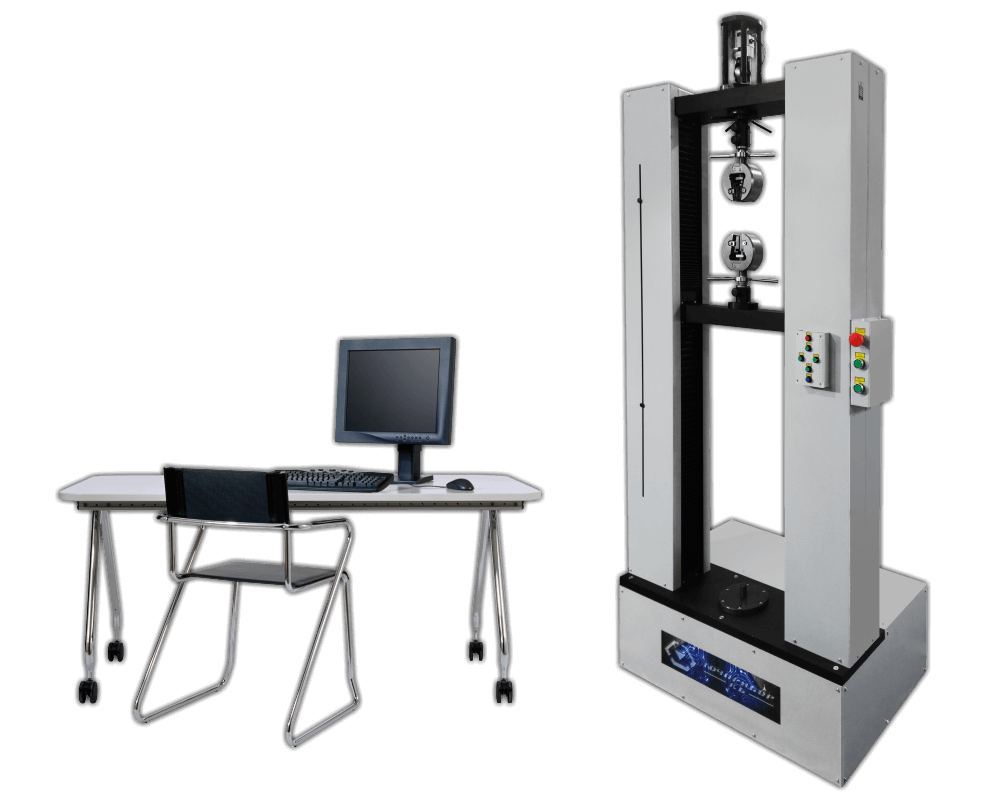
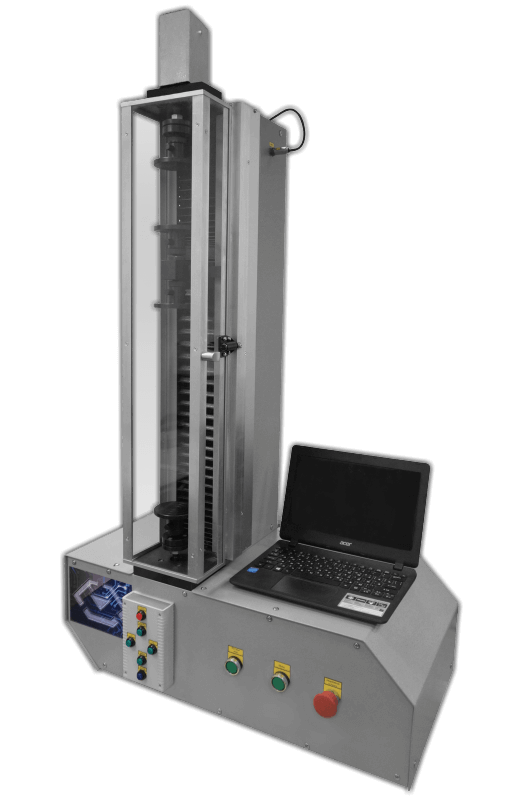
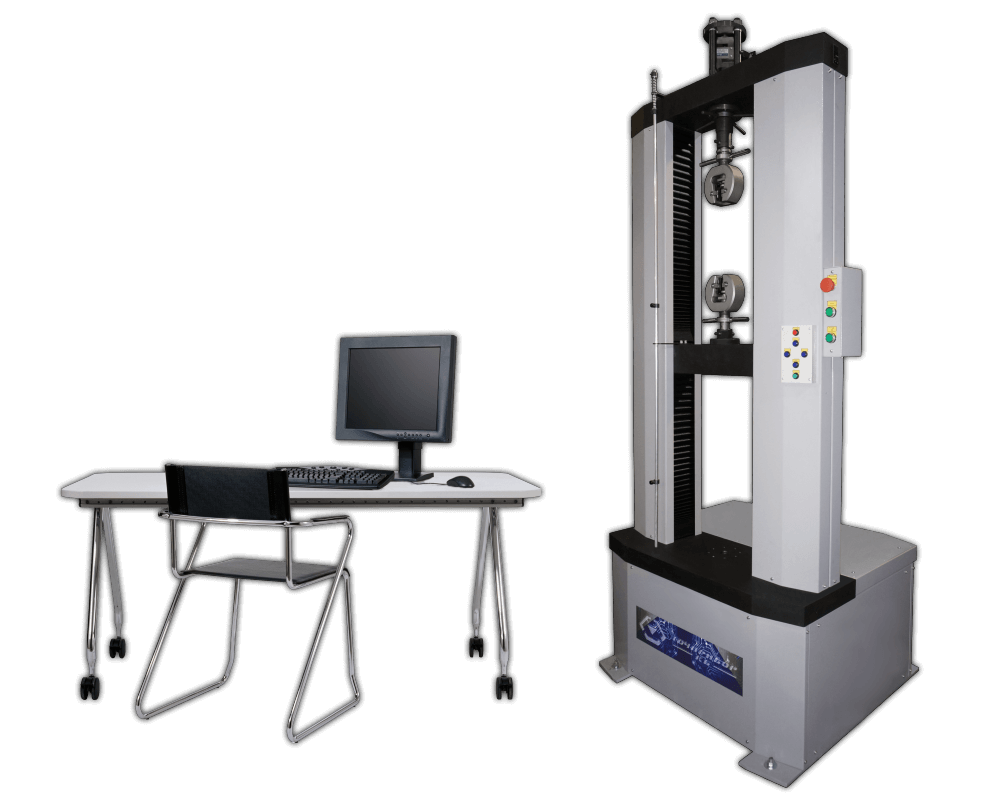
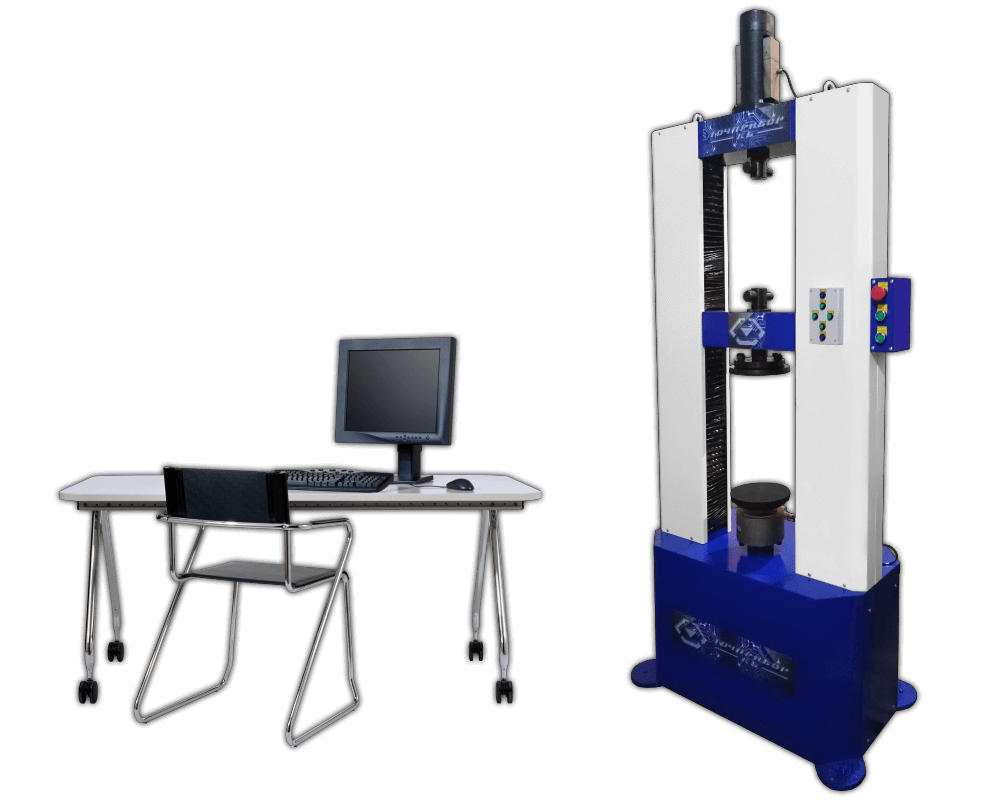
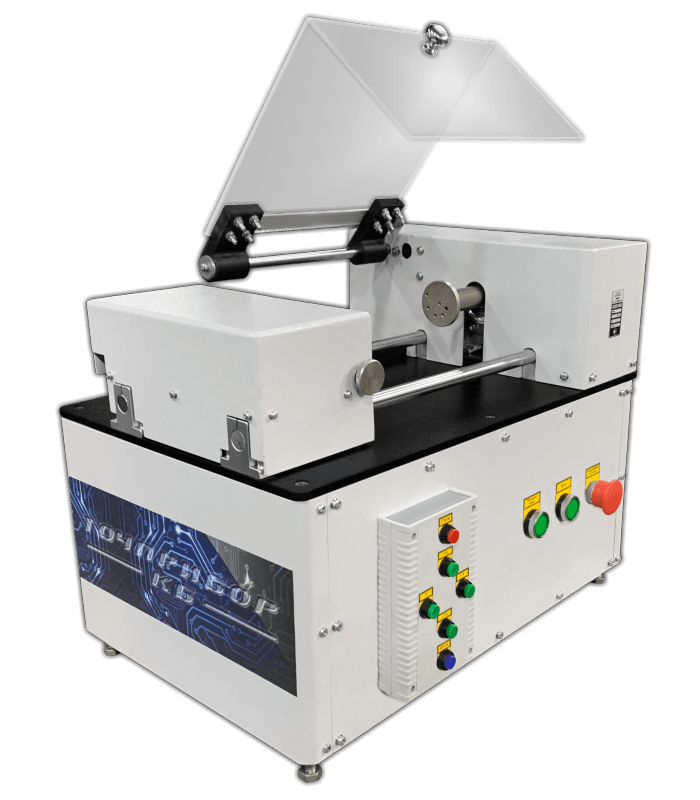
IMK-30 Torsion testing machine
Technical specifications:
Maximum load (torque): 30 N·m
Maximum twisting angle: 50000°
The discreteness of the twisting angle: 0.01°
Twisting angle error: ±0.1°
Torque discreteness: 0.001 N·m
Relative error of torque measurement: no more than 1% in the measurement range from 0.6 to 30 Nm
Torque measurement error: no more than 0.01 N·m in the measurement range from 0 to 0.6 N · m
Maximum rotation speed: 10 rpm
Weight: 150 kg
Overall dimensions (length x width x height): 1000 x 500 x 500 mm
Diameter of the universal testing device: 80 mm
Maximum spring length: 300 mm or more
Tochpribor-KB
Ivanovo
Produced in: Ivanovo
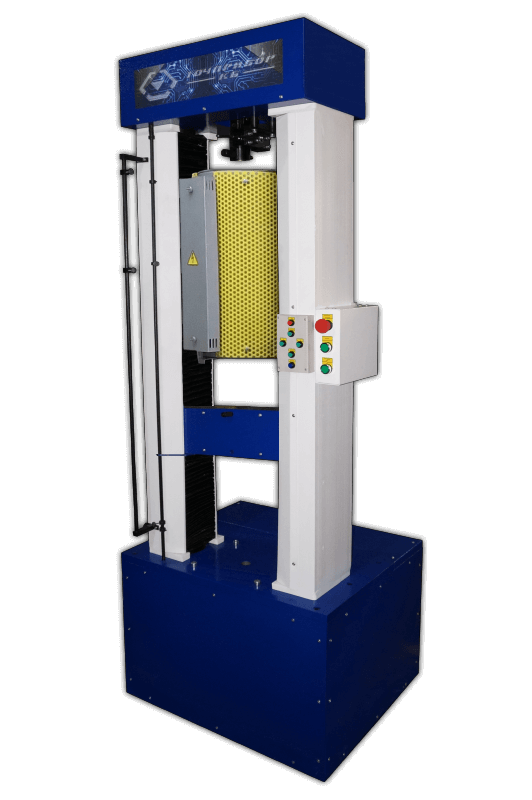
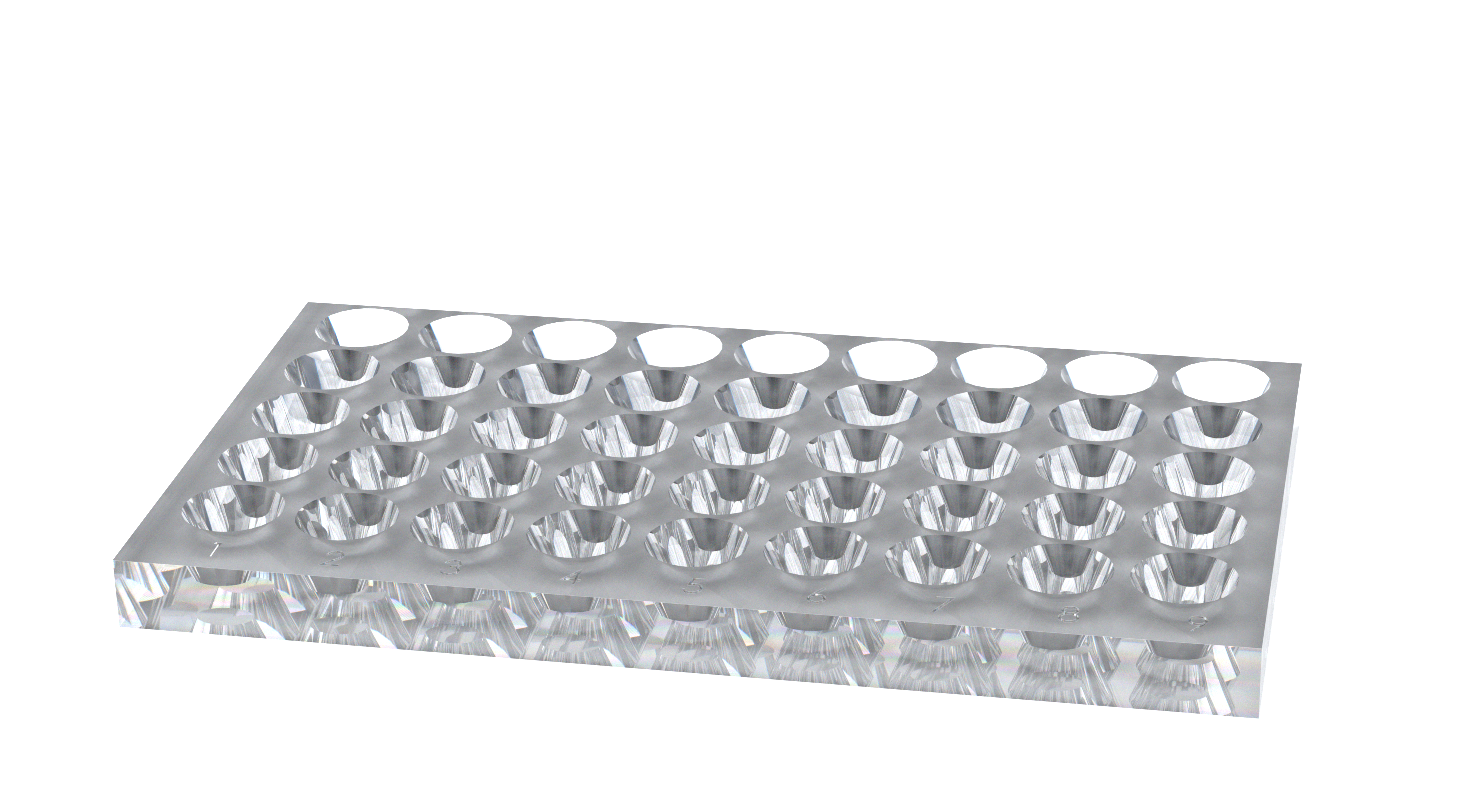
Block of well microaquariums
from
10 000 ₽
Block of well microaquariums
5 rows of 9 holes
GOST 31674-2012
VIS MED
Berdsk
Produced in: Novosibirsk region

Digital vacuum controller VC-Pro
from
105 000 ₽
VC Pro is a modern Russian vacuum controller designed for precise pressure regulation in laboratory systems.
The device combines high reliability, ease of operation, and extensive functionality, making it an ideal solution for chemical, pharmaceutical, and research laboratories.
Precise vacuum control – digital pressure stabilization
Wide adjustment range – from 1 to 1000 mbar
Compatible with rotary evaporators, vacuum drying ovens, lyophilizers, and other systems
Bright touchscreen display – intuitive control and parameter visualization
Connection interfaces – USB, Wi-Fi
Operating modes: maintaining a set vacuum; process programming
Primelab
Mytishchi
Produced in: Mytishchi

MAESTRO-αMS gas chromatograph by Interlab
We offer expert laboratories of physicochemical methods of analysis a gas chromatograph with a quadrupole mass spectrometric detector «MAESTRO-αMS». Quadrupole GC-MS «MAESTRO-αMS» is in demand for targeted research (screening) and non-targeted search. In targeted studies, it is necessary to detect given target compounds in samples of various nature and origin at the level of residual amounts, for example, several picograms of the target compound in the injected 1 μl of liquid sample. Most often, targeted research is carried out in the following areas of laboratory screening: ecology, food safety, clinical monitoring, narcology, doping control, production control of various raw materials. In targeted studies, it is often required not only to confirm the presence of a compound in a sample, but also to determine the level of its content quantitatively, since both the list of target compounds and the permissible level of their presence in the sample are specified by regulatory documents. Quantitative analysis requires standards for the substances you are looking for. When conducting a non-target search, as a rule, it is required to analyze a sample of unknown composition, in other words, to find as many compounds as possible in the sample and identify (identify) each of them. Since the identification of a detected compound is carried out by comparing its experimental mass spectrum with the spectrum of a pure substance obtained under standard conditions, this task requires reference libraries of mass spectra of pure substances, as well as tools for working with mass spectra, for example: algorithms for cleaning experimental mass spectra from background and spectral noise (mass spectrum deconvolution algorithms), library search and comparison algorithms. An off-target search is called a qualitative analysis, since the researcher is primarily interested in the list of detected substances, and not in the quantitative assessment of their content in the sample. When creating MAESTRO-αMS, we took into account our own many years of experience in operating imported analogues. We have made the device inexpensive. We have made the device compact: The modern design of the device made it possible to make the MAESTRO-αMS really compact, so that the device occupies the smallest possible area on the laboratory table. The layout of the device allows you to remove the ion source on the front flange for cleaning and replacing the cathodes, if necessary. We have reduced the cost of operation: When developing the MAESTRO-αMS, we sought to increase the resistance of the device to sample matrices and use a minimum of consumable materials in order to eliminate downtime for maintenance and replacement. As a result, we have created an extremely stable ion source and a perpetual photomultiplier detector. We have created special software: Even at the first acquaintance with the software, it becomes obvious that being in the window of each button and each parameter to be changed is expedient and logical. Our software product was created for the convenience of the operator, so we implemented the necessary and eliminated the unnecessary. We used the principle of one active window, in which the operator moves sequentially step by step, performing hardware settings, setting the data collection method, subsequent processing algorithms, templates for presenting the results. MAESTRO-αMS offers a wide range of scanning modes, built-in algorithms for working with mass spectral data, convenient unloading of initial data arrays for their processing in specialized software packages, graphics export for presentations and scientific publications. You can use several libraries of mass spectra at the same time, or create your own for your typical tasks. Finally, we provide a 5-day training course for professionals who want to understand the theoretical foundations of the method and their implementation in the hardware of modern quadrupole GC/MS. The volume and depth of presentation of the material from the developers of the device is intended to lay the foundation for the effective use of «MAESTRO-αMS» in the future. Some technical characteristics of MAESTRO-αMS: • Instrumental detection limit (SIM, OFN @272 m/z ) < 10 fg; • Scan modes: scan for selected ions, full scan in a given mass range, combined scan mode; • The number of simultaneously connected libraries of mass spectra is at least 10.
INTERLAB
Moscow
Produced in: Moscow
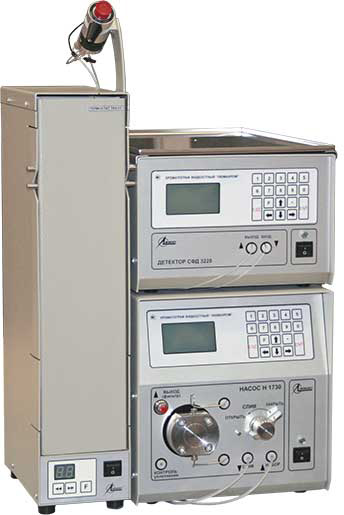
Liquid chromatograph "LUMACHROM®"
1 supp.
Technical specifications:
Operating spectral range, nm from 190 to 360
Limits of permissible absolute error of wavelength setting, nm ± 5
Detection limit of anthracene (wavelength 252 nm), ng/cm3, no more than 1
The limit of the permissible value of the relative mean square deviation of the output signal (n =5), %
of the retention
time over the peak area of 1.5
2
Limits of the permissible value of the relative change in the output signal (peak area) for 4 hours of continuous operation, % ± 5
Overall dimensions (LxWxH), mm, no more:
270x420x190
Weight, kg, not more than 9.5
Power consumption, V· A, not more than 50
Lumeks
Saint Petersburg
Produced in: Saint Petersburg
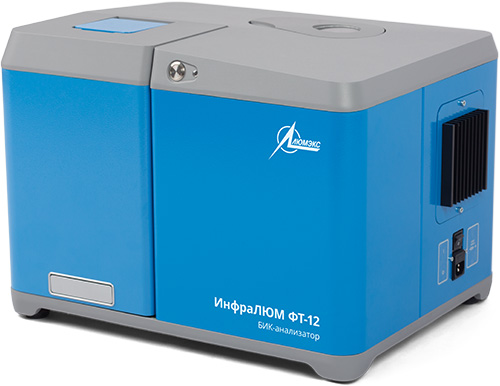
Infrared analyzer "InfraLUM® FT-12"
1 supp.
Technical specifications:
Measurement time, 80 seconds
Standard sample volume in a cuvette, 50 ml
Spectral range, cm-1 from 8700 to 13200
Spectral resolution, cm-1, no more than 10
The limit of the permissible value of the absolute error of the wave number scale, cm-1
±0,5
Analyzer warm-up time, min, no more than 30
Continuous operation time of the analyzer, h, at least 8
Overall dimensions, mm, no more than 530x450x380
Weight, kg, not more than 32
Power supply of analyzers from the AC network: AC power
supply voltage, V
frequency, Hz
(220 ±22)
(50 ±1)
Power consumption, V× A, not more than 110
Average time to failure, h, not less than 2500
Lumeks
Saint Petersburg
Produced in: Saint Petersburg
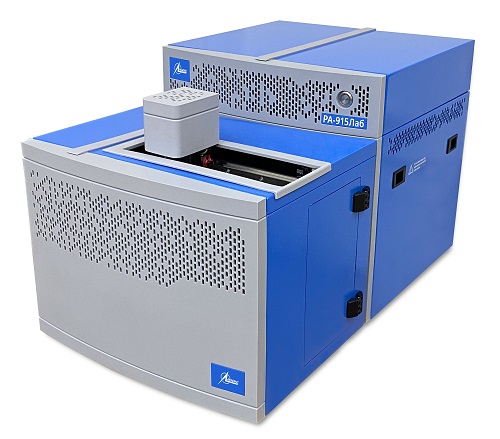
Laboratory mercury analyzer "RA-915Lab"
1 supp.
Technical specifications:
Measuring range 0.5–500 ng
Sample dispenser capacity 5000 mg / 2800 ml
Analysis time 1-5 min
Operating temperature range with software control 50-950 °C with software control
The capacity of the autosampler is 45 samples
Power supply 220 ± 22 V, 50 ± 1 Hz Dimensions (LxWxH), no more:
with autosampler
without autosampler
450x840x460 mm
450x490x460 mm
Weight, no more:
with autosampler
without autosampler
57 kg
40 kg
Lumeks
Saint Petersburg
Produced in: Saint Petersburg
